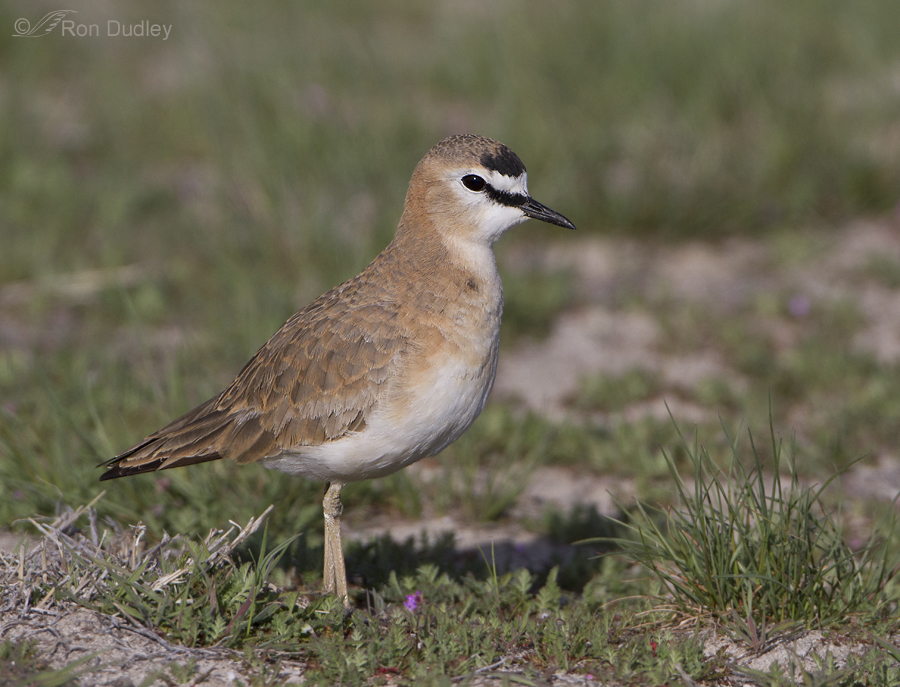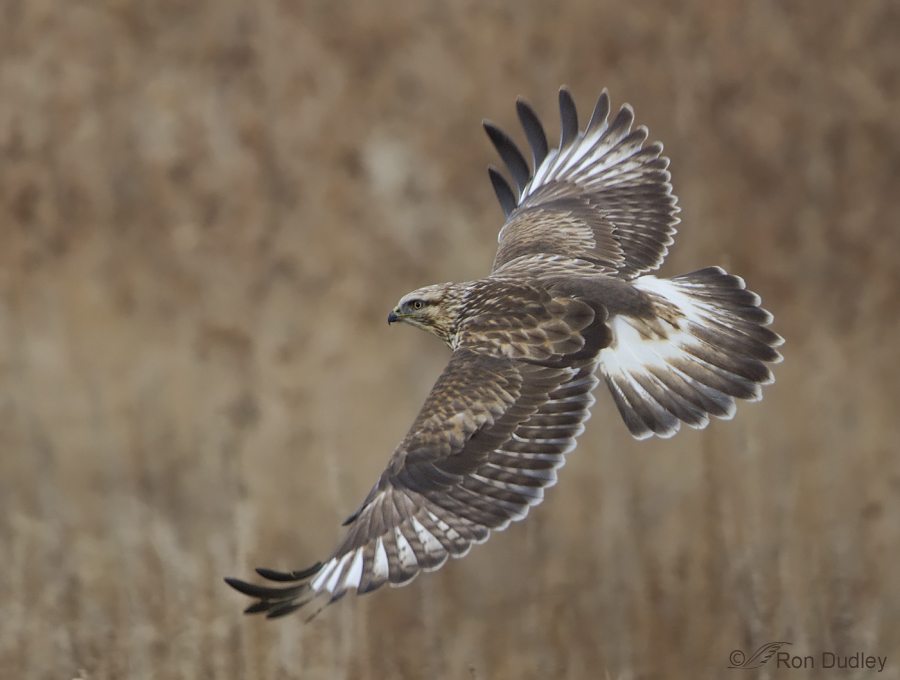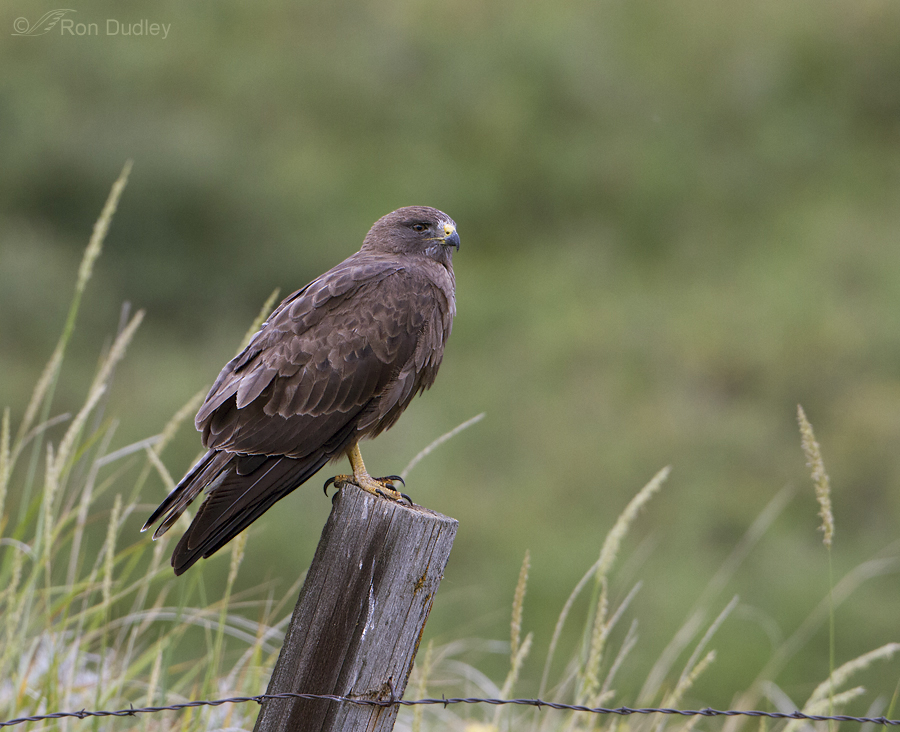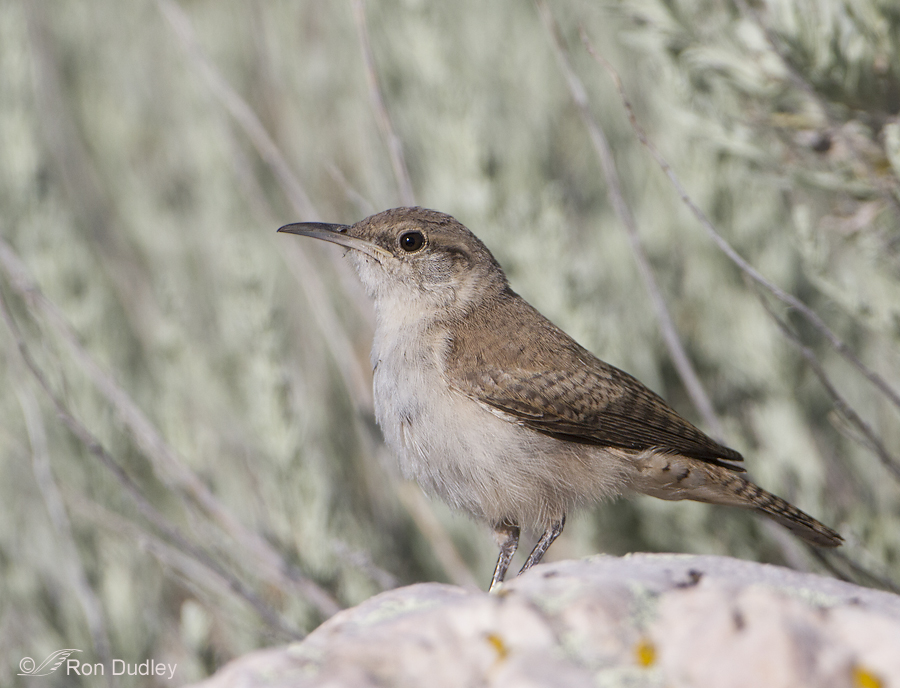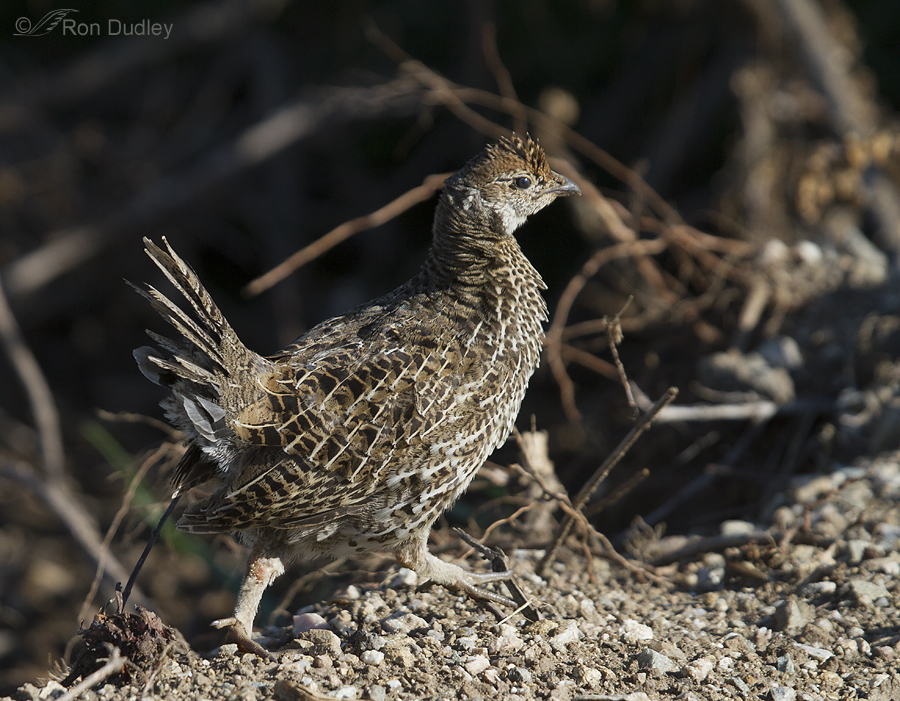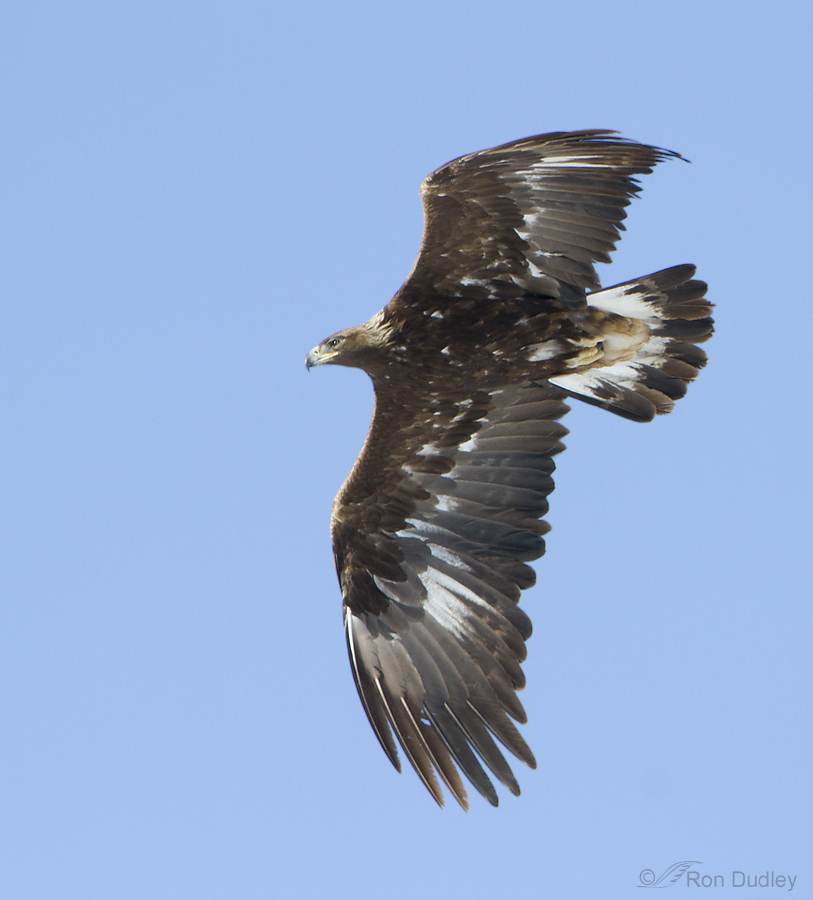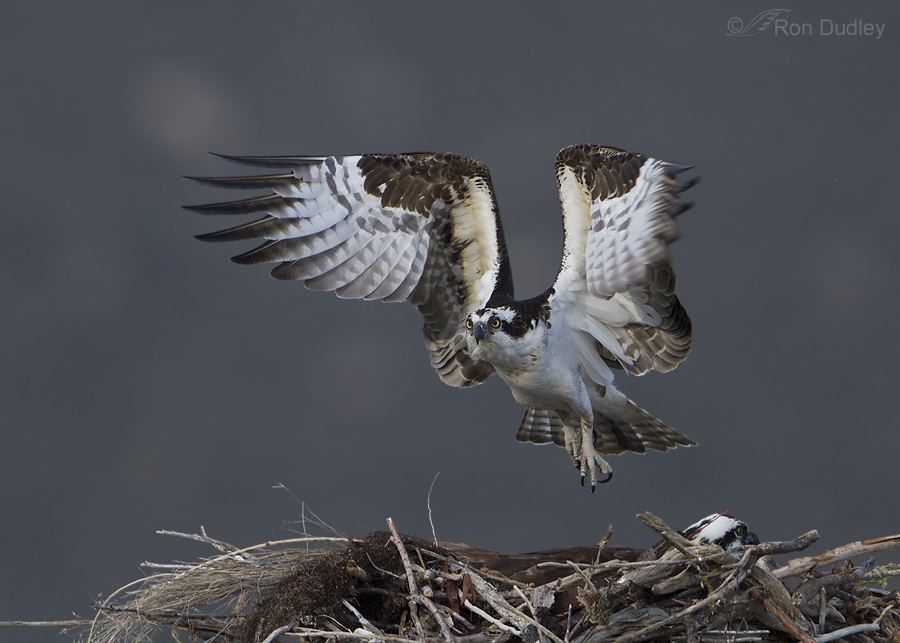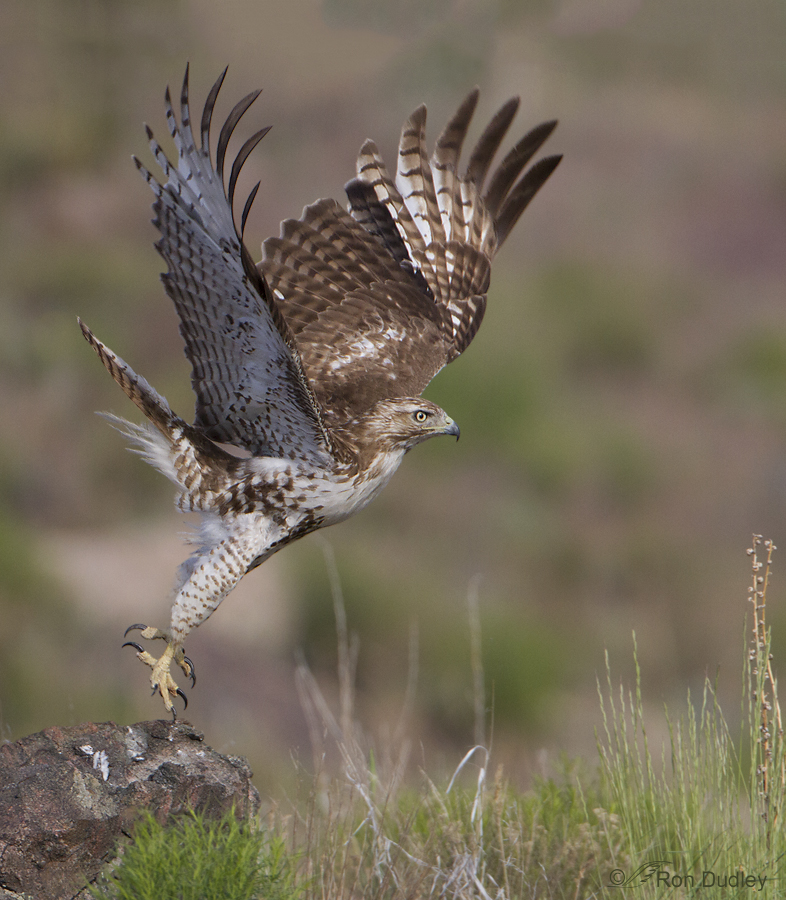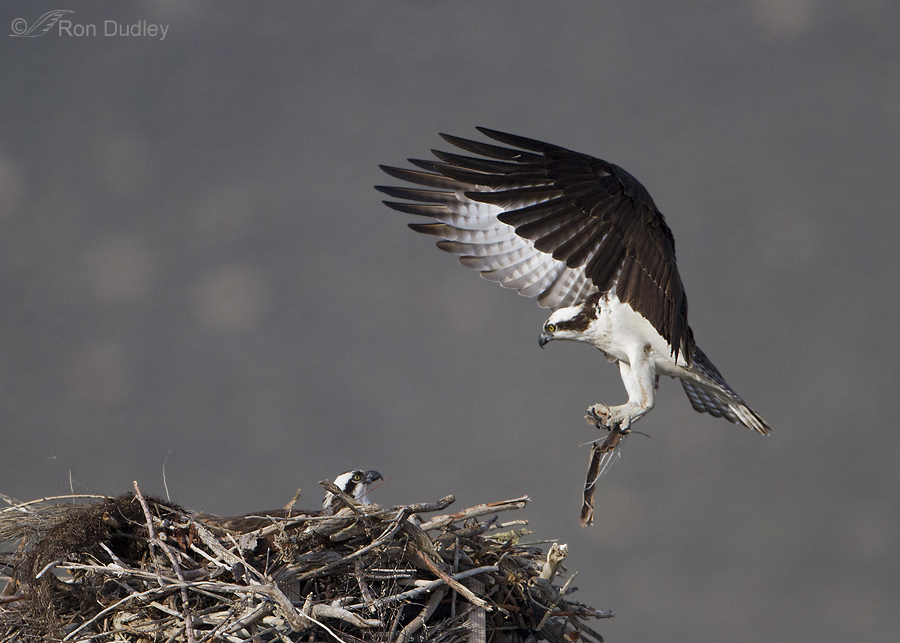Tag: utah
Mountain Plovers – “Prairie Ghosts”
Swainson’s Hawk Optical Illusion
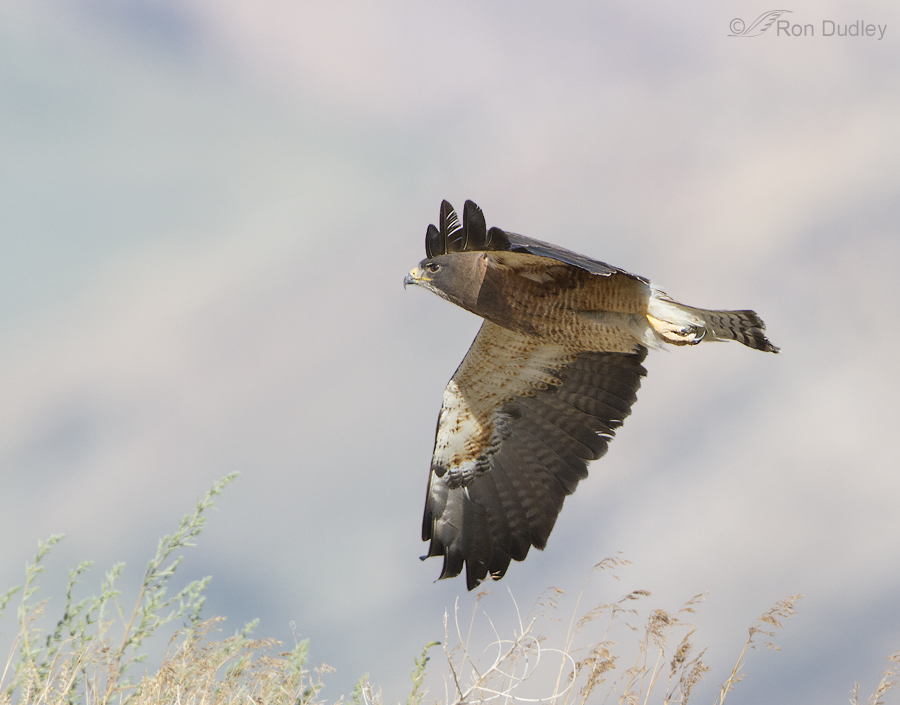
Each time I look at this image, at first the wing above the head appears to be the birds right wing on the far side of the body. But then a few seconds later my brain tells me that’s impossible because the lower wing is obviously the right wing and it’s impossible (or at least highly unlikely) for the hawk to have two right wings.
Screaming Dark Morph Ferruginous Hawk In Flight
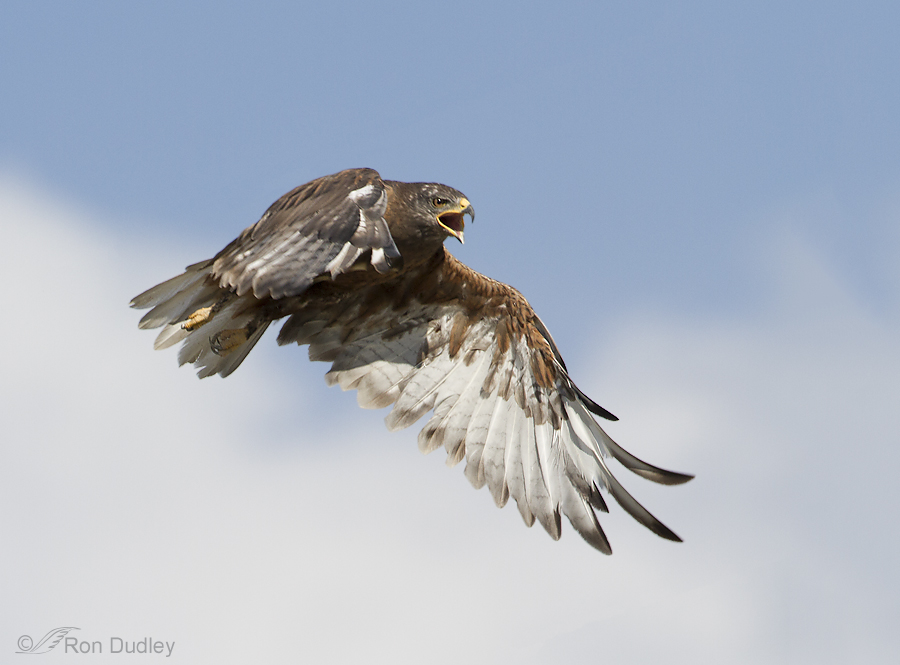
Last week, partially in an effort to get away from the aggravations of the blog hosting problems I’d been having, I decided to make the extra long drive to extreme northern Utah in a quest for Swainson’s Hawks. We found quite a few and a delightful bonus was a plethora of Ferruginous Hawks in the same area.
Flaring Rough-legged Hawk
Dark Morph Swainson’s Hawk And More
A Wren By Any Other Name…
Dusky Grouse
Some Hope For Barn Owls
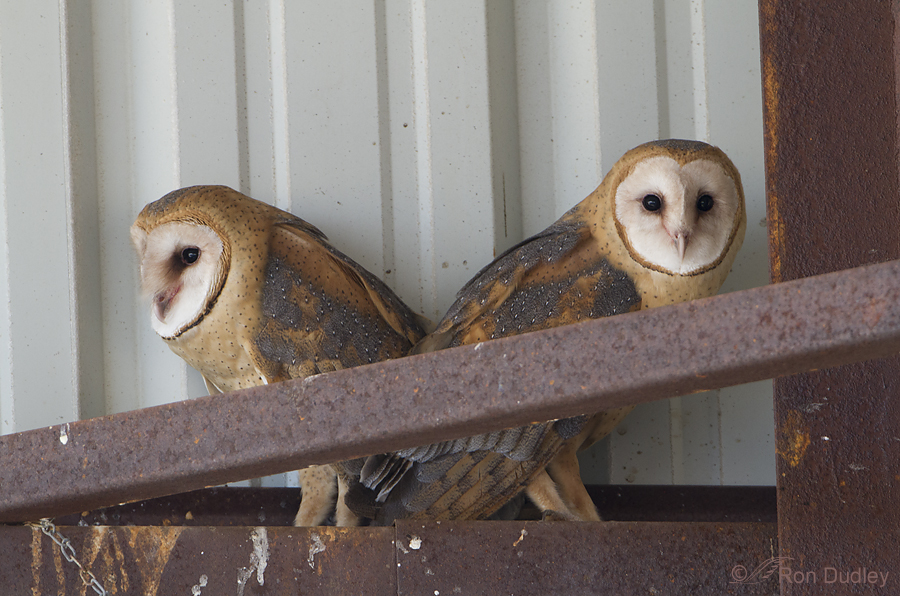
I’ve reported previously on this blog that Barn Owl populations took a huge hit this past winter in northern Utah. It was dreadfully cold for much of the winter with lots of snow. Normally that’s not a huge problem for these owls but with deep snow on the ground we had a warm spell that melted the surface of the snow and immediately after that we had an extended cold snap. Those conditions caused a hard crust of ice to form on the snow surface that lasted for weeks.
Coyotes Like Eggs For Breakfast Too
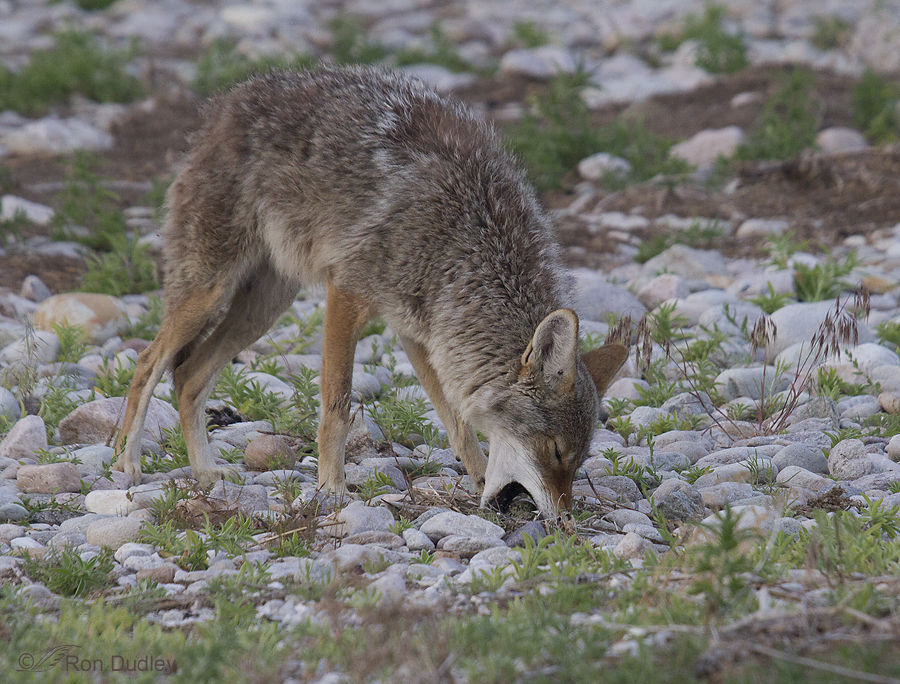
At 5:30 yesterday morning Mia and I almost decided to stay home rather than make the hour-long drive to Antelope Island because the area up north looked to be socked in with clouds (the “Farmington Curse” I’ve mentioned before) but after we picked up our traditional “shooting breakfast” (chocolate donuts) we chose to take our chances and go anyway – a choice I’m glad we made.
Golden Eagle In Flight
Male Osprey Landing At Nest
Light Red-tailed Hawk
Willet Take-off
Yesterday morning I found this Willet perched on one of the Tintic Quartzite boulders so common on the northern part of Antelope Island. The Willets are still active on the higher slopes of the island but it won’t be long until they’re spending most of their time along the shoreline and causeway.



